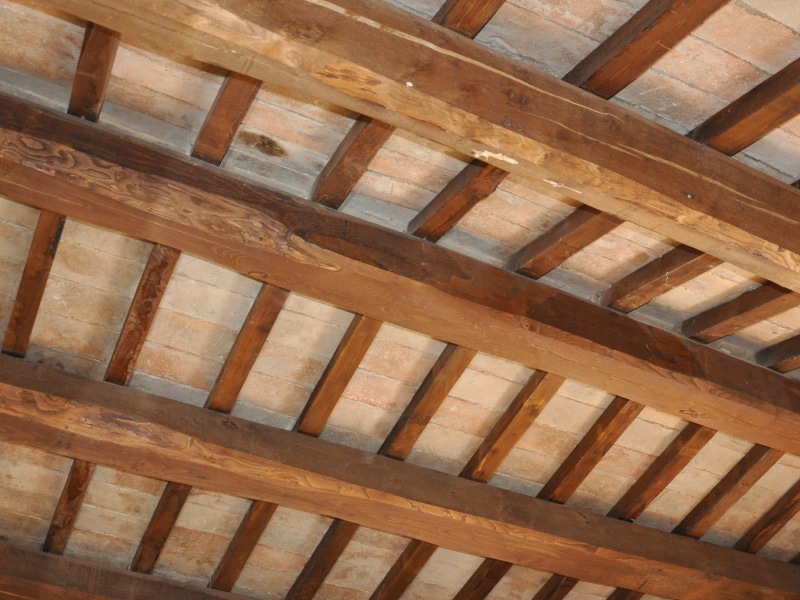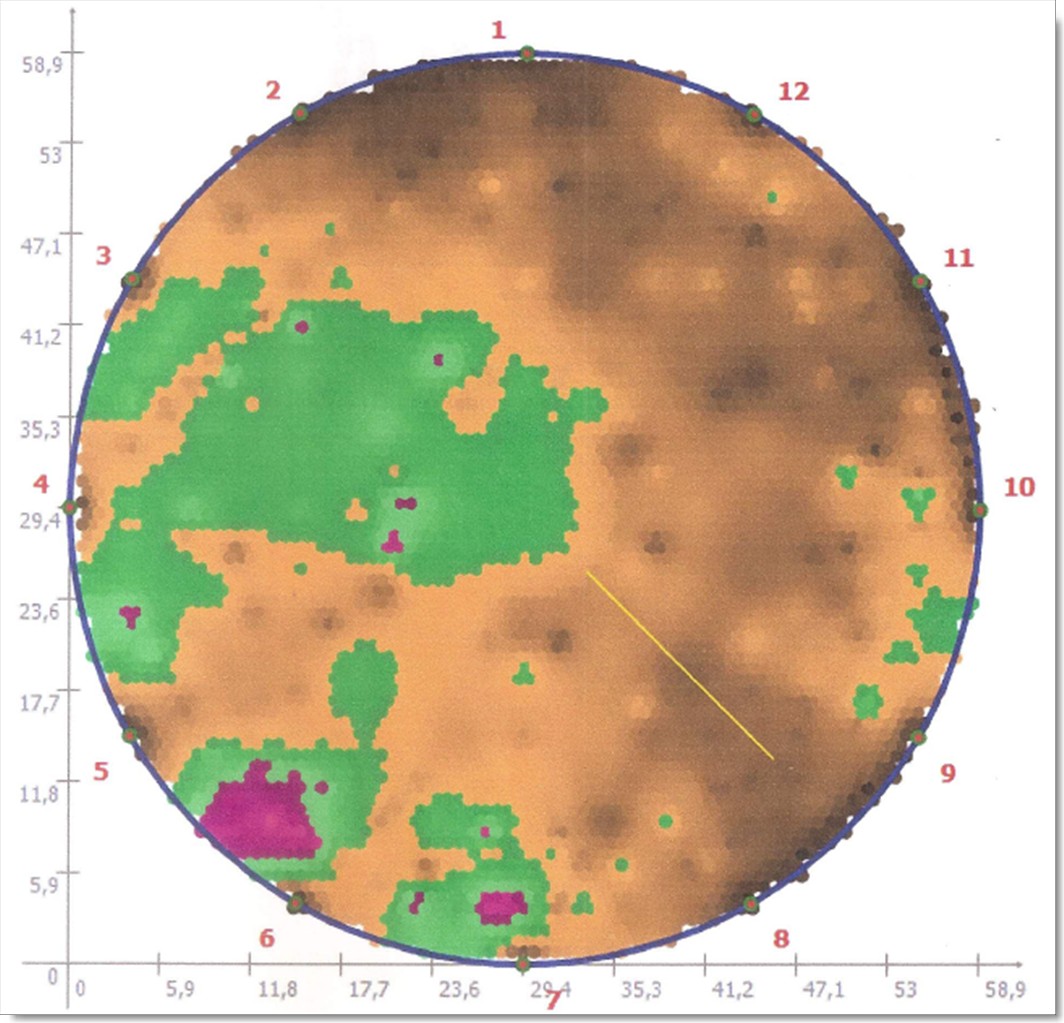RESEARCH & DEVELOPMENT
Progressing is vital in all fields.
We strongly believe that, in order to offer a service which proves to be up to our customers' expectations, we need to be constantly on lifelong training.
Furthermore, we think that together with standard services, our mission is to offer newly updated and cutting-edge services.
At the time being, for instance, we are designing new monitoring and survey non-destructive techniques in order to test wood structural elements.
This is just an example of something are currently working on.
 A wooden section on a standard wooden structure can be subject to decay which normally develops within. The decay will start when the section is damaged by fungi and mould, or infested by woodworms or white ants. It is often the case that by removing the last ones the others will develop. Technicians must therefore know that larvas create a favourable environment for fungi.
A wooden section on a standard wooden structure can be subject to decay which normally develops within. The decay will start when the section is damaged by fungi and mould, or infested by woodworms or white ants. It is often the case that by removing the last ones the others will develop. Technicians must therefore know that larvas create a favourable environment for fungi.
 Wood infestation develops at the coleopter development speed, which is based on its life cycle and affects, if not treated promptly, all present structural wood elements, such as: beams, scantlings, barge rafters, wood floors, wainscots.
Wood infestation develops at the coleopter development speed, which is based on its life cycle and affects, if not treated promptly, all present structural wood elements, such as: beams, scantlings, barge rafters, wood floors, wainscots.
Up to day, thanks to trained technicians, it is possible to understand whether there are infestations going on inside wooden floors. Furthermore, it is also possible to understand which type of insect is inside and which are the means to effectively and permenently kill them.
However, once the disinfestation is carried out, the damage caused by pests remains. This section shows internal cavities, whose diameter was formed by and depended on the pests which lived inside (for example, longhorn beetles, such as the one in the picture, dig tunnels which are up to 8mm diameter), and whose extension depended on how long the infestation lasted (i.e. the time pests proliferated inside the wood).
Furthermore, it is possible to calculate the structural wood resistance by means of a specific tool, namely wood penetrometer, which provides a qualitative assessment of the residual mechanical wood resistance, which can be either partly or totally in decay. It measures in fact the drilling resistance to a 1.5mm thick metallic drill with a 3mm long chisel point, drilling at a constant rotation and translation speed by means of an eletric engine.
This tool only provides information about the concerned area, which is 3mm wide, and it gives information about the residual mechanical characteristics of the concerned section.
 What we are designing and developing now is another tool, which makes the decay of the wood section well visible.
What we are designing and developing now is another tool, which makes the decay of the wood section well visible.
Such tool already exists and it is used to carry out non-distructive surveys on trees, but it needs to be improved in order to be used on structural building wood.
By means of this new tool, once the affected section is identified, it is possible to firstly understand the presence of discontinuity elements, wood sections in decay, cavities, or areas with less structural resistance.
Afterwards, such information needs to be processed in order to analyse and intervene in the most affected sections, where the penetrometer will be used.
Once the wooden resistance is assessed by giving each colour an average resistance value, it will be possible to calculate:
- the resistance of the whole wooden section;
- the reistance of the parts in decay, therefore
- the resistance of the concerned wooden sections;
- the resistance loss of the affected sections, expressed as a percentage value of the undamaged sections.
In the DOWNLOAD section, it is possible to download FOR FREE sector documents and utilities.
 A wooden section on a standard wooden structure can be subject to decay which normally develops within. The decay will start when the section is damaged by fungi and mould, or infested by woodworms or white ants. It is often the case that by removing the last ones the others will develop. Technicians must therefore know that larvas create a favourable environment for fungi.
A wooden section on a standard wooden structure can be subject to decay which normally develops within. The decay will start when the section is damaged by fungi and mould, or infested by woodworms or white ants. It is often the case that by removing the last ones the others will develop. Technicians must therefore know that larvas create a favourable environment for fungi.
 Wood infestation develops at the coleopter development speed, which is based on its life cycle and affects, if not treated promptly, all present structural wood elements, such as: beams, scantlings, barge rafters, wood floors, wainscots.
Wood infestation develops at the coleopter development speed, which is based on its life cycle and affects, if not treated promptly, all present structural wood elements, such as: beams, scantlings, barge rafters, wood floors, wainscots. What we are designing and developing now is another tool, which makes the decay of the wood section well visible.
What we are designing and developing now is another tool, which makes the decay of the wood section well visible.